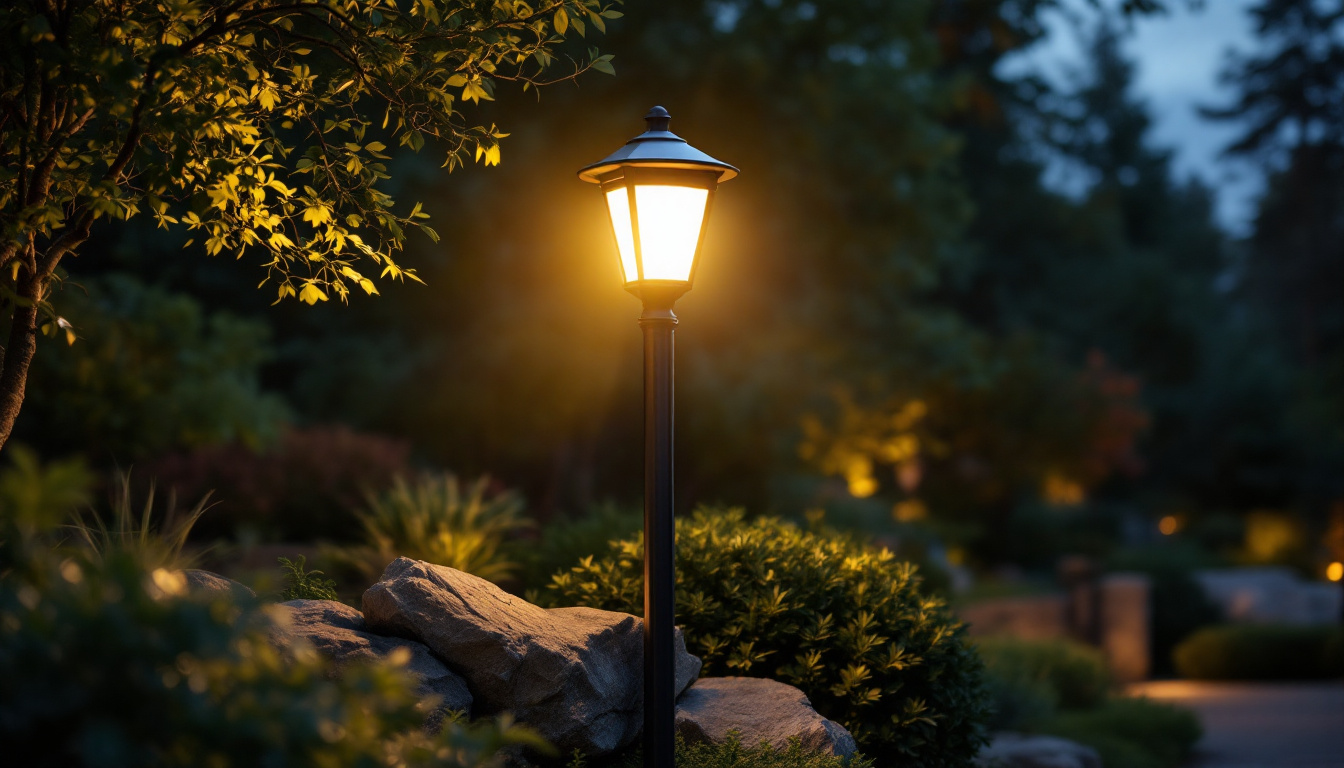
Remodel can lights, also known as retrofit recessed lights, are a staple in modern lighting design. Their streamlined appearance and ability to blend seamlessly into ceilings make them a favorite choice for both residential and commercial projects. For lighting contractors, mastering the installation and selection of remodel can lights is essential to delivering high-quality results that satisfy clients and adhere to safety standards.
Unlike new construction can lights, remodel can lights are designed to be installed into existing ceilings without the need to access the space above. This unique feature makes them ideal for renovation projects where opening up the ceiling is impractical or undesirable. However, this advantage also introduces specific challenges, such as limited space for wiring and securing the fixture, which contractors must navigate skillfully. Additionally, the ability to install these lights without extensive remodeling can significantly reduce labor costs and project timelines, making them an attractive option for budget-conscious clients.
Remodel can lights typically consist of a housing, trim, and bulb. The housing is engineered to fit through the existing ceiling hole and secure firmly without additional framing. Clips or springs hold the fixture in place, while the trim provides the finished look and directs the light output. Selecting the right combination of these components is critical to achieving both aesthetic appeal and functional performance. For instance, a well-chosen trim can enhance the overall ambiance of a room, while the right bulb can provide the necessary brightness and color temperature to suit various tasks and moods.
Contractors should also be aware of the different types of housings available, including IC-rated (Insulation Contact) and non-IC-rated options. IC-rated housings are designed to safely operate in contact with ceiling insulation, reducing the risk of overheating and fire hazards. Understanding these distinctions is vital for compliance with building codes and ensuring long-term safety. Furthermore, the choice of bulb technology—whether LED, halogen, or incandescent—can greatly influence energy efficiency and maintenance requirements. LEDs, for example, offer a longer lifespan and lower energy consumption, making them a popular choice among environmentally conscious consumers.
Another important consideration when working with remodel can lights is the dimming capability. Many homeowners and businesses are looking to create versatile lighting environments that can adapt to different activities, from bright task lighting in kitchens to soft ambient lighting in living areas. Selecting compatible dimmers and ensuring that the fixtures can handle varying levels of brightness can enhance the overall user experience. Additionally, smart lighting options are becoming increasingly popular, allowing users to control their lights via mobile apps or voice commands, further elevating the functionality and appeal of remodel can lights in contemporary spaces.
Proper installation is the cornerstone of a successful remodel can light project. Lighting contractors must balance efficiency, precision, and adherence to electrical codes when working with these fixtures. Below are crucial tips to enhance installation quality and client satisfaction.
Before beginning installation, conduct a thorough assessment of the existing ceiling structure and electrical setup. Identify the location of joists, wiring pathways, and any potential obstructions. This step prevents unnecessary damage and ensures the selected can light size and style will fit properly.
Accurate measurements of the ceiling hole are essential. Remodel can lights come in various diameters, typically ranging from 3 to 6 inches. Choosing the correct size avoids gaps or overly tight fits, both of which can compromise the fixture’s stability and appearance. Additionally, consider the overall aesthetic and functionality of the space. For instance, if the room serves multiple purposes, such as a living area that doubles as a workspace, strategically placing the lights can enhance both ambiance and task lighting.
Electrical safety is paramount. Always turn off power at the breaker panel before starting work. Use wire connectors that meet UL (Underwriters Laboratories) standards and ensure all connections are secure and insulated. Many remodel can lights come with pre-installed junction boxes, which simplify wiring and reduce installation time.
When working in tight spaces, consider using flexible wiring tools or angled wire strippers to make connections easier and reduce strain on cables. Properly securing wires inside the junction box prevents movement and potential shorts. It’s also wise to label wires during installation to streamline any future maintenance or upgrades. This practice not only saves time but also enhances safety by ensuring that anyone working on the system later can easily identify circuits and connections.
The mounting clips or springs on remodel can lights are designed to hold the fixture firmly against the ceiling drywall. Make sure these clips are fully engaged and that the fixture sits flush with the ceiling surface. Loose or improperly secured fixtures can cause rattling, uneven lighting, or even fall out over time.
For thicker ceilings or those with unusual textures, additional adjustments or specialized trims may be necessary to achieve a seamless finish. Always test the fixture’s stability before completing the job. Furthermore, consider the light output and color temperature of the bulbs being used, as these factors can significantly impact the overall atmosphere of the room. A warm white light can create a cozy environment, while a cooler tone may be more suitable for modern or minimalist designs. Properly selecting and positioning your can lights can transform the space, making it not only functional but also visually appealing.
Beyond installation, lighting contractors must consider how remodel can lights perform in terms of illumination quality and energy consumption. Clients increasingly demand lighting solutions that are both visually pleasing and environmentally responsible.
LED technology has revolutionized remodel can lighting by offering longer lifespans, lower energy use, and better light quality compared to traditional incandescent or halogen bulbs. Selecting LED retrofit kits or integrated LED fixtures can significantly reduce maintenance costs and improve client satisfaction.
Color temperature plays a crucial role in setting the ambiance of a space. Warm white (2700K–3000K) is often preferred for residential areas to create a cozy atmosphere, while cooler temperatures (3500K–5000K) suit commercial or task-oriented environments. Lighting contractors should advise clients on the best options based on the intended use of the space.
Incorporating dimmers compatible with LED remodel can lights allows for greater control over lighting levels, enhancing both comfort and energy savings. Lighting contractors should verify compatibility between dimmers and LED drivers to avoid flickering or reduced bulb life.
Smart lighting controls, such as motion sensors and programmable timers, can further optimize energy efficiency. These technologies are increasingly popular in commercial settings and high-end residential projects, providing contractors with opportunities to offer value-added services.
Despite their advantages, remodel can lights present unique challenges that lighting contractors must be prepared to address. Understanding these common issues and their solutions helps maintain professionalism and ensures project success.
One of the most frequent obstacles is restricted space above the ceiling, which can complicate wiring and fixture placement. Contractors should use compact housings designed for shallow ceilings and employ flexible wiring techniques to navigate tight areas.
When space is extremely limited, consider alternative lighting options such as surface-mounted fixtures or slim-profile LED panels that provide similar aesthetics without installation difficulties.
Improper installation of remodel can lights in insulated ceilings can lead to overheating and fire risks. Always use IC-rated housings when insulation is present and maintain clearance as specified by manufacturer guidelines.
Contractors should educate clients on the importance of these safety measures, especially in remodel projects where insulation may have been added or modified since the original construction.
Achieving a seamless look with remodel can lights requires attention to trim styles and finishes. Lighting contractors should stock a variety of trims, including baffle, reflector, and eyeball options, to accommodate different design preferences.
For ceilings with textured finishes, special trim rings or paintable trims can help blend the fixture into the surrounding surface, enhancing the overall visual appeal.
Effective communication and project management are as important as technical skills in lighting contracting. Clear discussions about expectations, timelines, and potential challenges foster trust and lead to smoother project execution.
Clients may not fully understand the limitations and possibilities of remodel can lights. Providing detailed explanations about fixture options, installation constraints, and maintenance requirements helps align expectations and reduces the risk of dissatisfaction.
Visual aids such as lighting simulations or sample trims can assist clients in making informed decisions and increase their confidence in the contractor’s expertise.
Remodel projects often involve multiple trades working simultaneously. Lighting contractors should coordinate closely with electricians, drywall installers, and painters to ensure that the lighting installation integrates seamlessly with other aspects of the renovation.
Scheduling installations at the optimal time—typically after drywall but before final painting—minimizes the risk of damage and rework, saving time and costs.
Maintaining thorough documentation of the installation process, including product specifications, wiring diagrams, and inspection checklists, supports quality control and future maintenance. It also provides valuable records in case of warranty claims or code inspections.
Conducting a final walkthrough with the client to demonstrate the lighting functionality and address any concerns reinforces professionalism and client satisfaction.
Mastering the art of remodel can light installation is a vital skill for lighting contractors aiming to excel in renovation projects. By understanding the unique characteristics of these fixtures, employing precise installation techniques, optimizing lighting performance, and effectively managing client relationships, contractors can deliver exceptional results that stand the test of time.
Staying current with industry advancements, such as LED technology and smart controls, further enhances a contractor’s value proposition. Ultimately, a commitment to quality, safety, and customer service will distinguish lighting contractors in a competitive market and lead to sustained success.
Ready to elevate your lighting projects with the highest quality fixtures at the best prices? Look no further than LumenWholesale. Our spec-grade lighting products are designed to meet the demands of any renovation project, ensuring you deliver excellence to your clients every time. With our direct-to-contractor wholesale pricing and free shipping on bulk orders, you can access the best in lighting without the middleman markup. Make your next project shine with reliability and performance that only LumenWholesale can provide. Wholesale Lighting at the Best Value is just a click away. Experience the difference today!

Discover essential tips from lighting contractors on effectively using frame LED lights to enhance any space.

Discover the key factors lighting contractors need to consider when selecting super bright solar lamp posts.

Discover how the Dusk To Dawn Flush Mount Outdoor Light can boost your lighting business with increased customer satisfaction and energy savings.

Discover why the T5 fluorescent tube is the unsung hero in lighting projects.